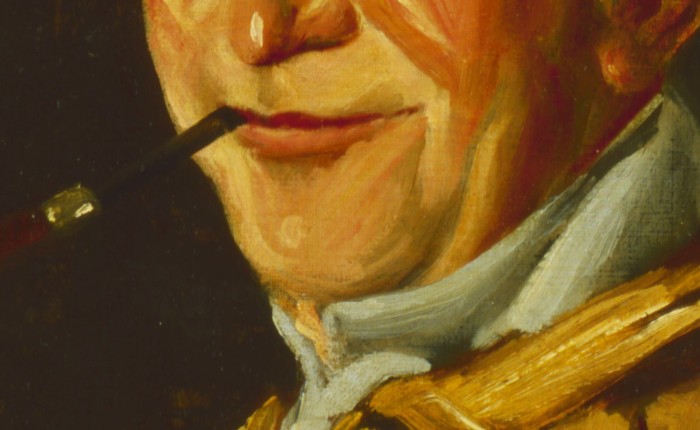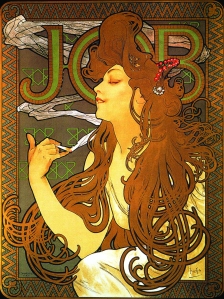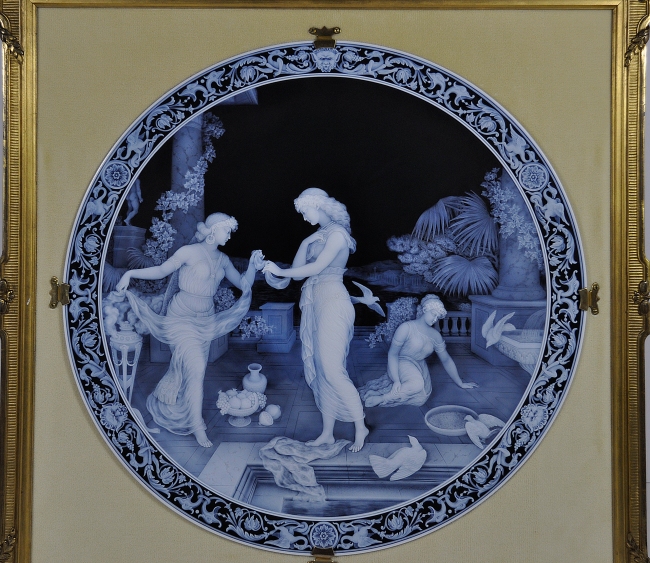Upon looking at the works of “The Eight”, one may find that there is often a kind of garish beauty in revolutions. Upheavals of tradition can be as poetic as a sonnet or as Robert Henri aptly put it, “The beauty of a work of art is in the work itself.” This group of Realist painters set forth to unveil the art world to the everyday man and reality to the art world. Gilded things flake, foundations break, and the center—as The Eight found—cannot hold.
The turn of the 20th century saw an age unlike any the world had ever known. On the domestic front: America was industrialized, “manifest destiny” was realized at the expense of native peoples, and the immigrant population grew tremendously—all of these factors leading to rampant poverty, disease and highly concentrated wealth. The hope that people held—whether it was the stability of the market or the relative peace in the country—all but vanished. The world was in flux and nothing was certain except the omnipresence of uncertainty. This is the context from which The Eight’s 1908 exhibition and eventually, the Ashcan School arose.
While there are distinct differences between The Eight and Progressive Era “muckrackers”—investigative journalists seeking social, political, and economic change—it is important to note that the subject matter of The Eight’s works were conducive to progressivism in that they revealed some of the struggles and experiences of the 19th and 20th century proletariat. To wit, the occupational backgrounds of many of The Eight lie in journalism. William Glackens, George Luks, Everett Shinn, and John Sloan all worked for the Philadelphia Press prior to joining Henri in his artistic quest to depict reality. Borrowing heavily from the palettes and techniques of Hals, Velazquez, and Rembrandt, members of the The Eight refuted and defied academic traditions with their works, but in the process found truth. Traditionally, academic and salon exhibitions were restrictive in the sense that all works displayed were chosen by a jury or selection committee that determined whether or not the art presented was sufficient or insufficient. Art that varied significantly from the academic predilection towards Neoclassism and Romanticism was typically viewed as rebellious and defiant. The content of academy approved works consisted of idealized tropes and clichés, myths, and other subject matter that aligned with the hierarchy of genres. Generally speaking, academic works were considered aesthetically and morally agreeable.
The revealing paintings were abhorrent to the academics, but consisted of the “true grit” of American society, the underside of the golden gilding as it were. In their investigative artistry, The Eight came to know and depict life as it was outside of opulence and luxury in a way that is universally relatable and transcendent.
Written by Sadie Spalding, a senior English major and Art minor.



